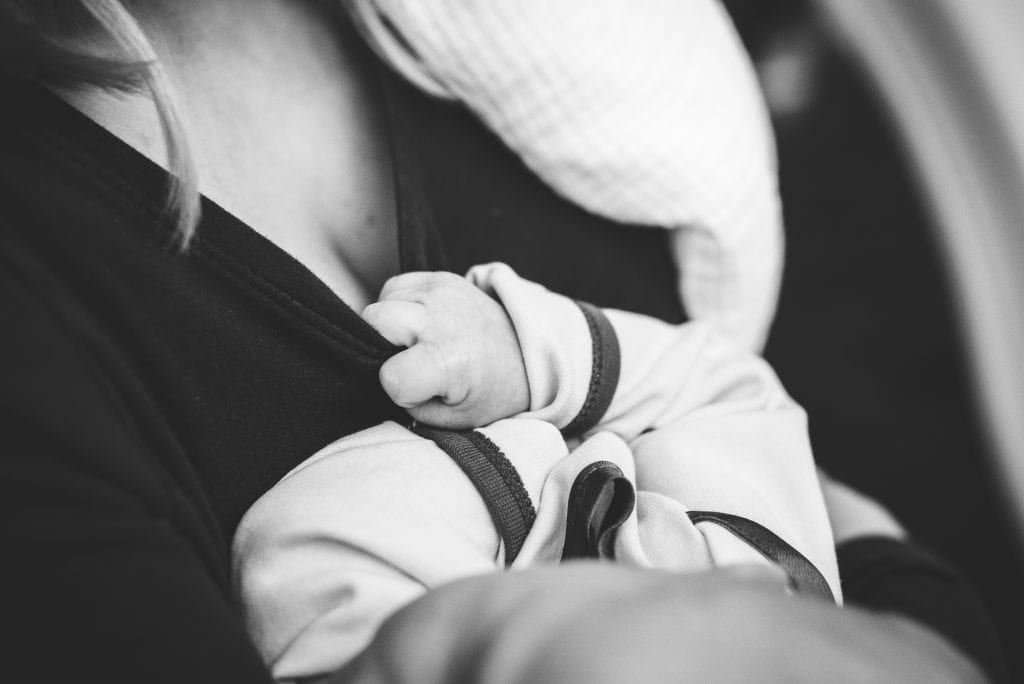New Book Explores Breast Milk Sharing Among Central Florida Women

An in-depth, years-long study into the practice of Central Florida mothers sharing their breast milk to nourish babies other than their own recently culminated in a co-authored book.
The authors trace their interest in peer-to-peer breast milk sharing to Associate Professor of Sociology Shannon Carter, Ph.D., who first observed human milk sharing at breastfeeding support groups she attended. She invited Associate Professor of Anthropology Beatriz Reyes-Foster, Ph.D., to join her in exploring this phenomenon.
They soon found that the Food and Drug Administration had issued a warning against the practice back in 2010. Then, just as they began their research, in 2013 The New York Times published a story on milk sharing on the front page of its Sunday edition, suggesting the practice was dangerous.
Both Reyes-Foster and Carter noticed that, beyond stepping outside Western cultural norms, there was little science or research to back up the FDA guidance or the article’s portrayal of milk sharing as dangerous.
“It sparked a lot of controversy at the time, but a lot of that was based on assumptions on what mothers were actually doing,” said Reyes-Foster. “There was little evidence to back up their claims.”
The pair have been steadily publishing their research since 2015; their most recent book is “Sharing Milk: Intimacy, Materiality and Bio-Communities of Practice,” which blends academic analysis of almost 400 responses to a survey of Central Florida mothers with long-term community engagement.
Breast milk sharing dates back centuries, including the use of wet nurses to breastfeed aristocratic children. Modern artificial formula provides an option for mothers unable to produce their own milk, but it cannot fully replicate the nutritional value of breast milk. Some mothers feel strongly about avoiding formula and put in hours of work to find suitable breast milk donors to keep their babies fed. This book explores why.
“This is a very intimate practice. We looked at what it means to feed their baby someone else’s milk and literally give them the gift of life,” Carter said.
A survey of 392 mothers provided a broad picture of peer breast milk sharing, but Carter and Reyes-Foster also conducted 30 in-depth interviews with both donors and recipients. They unraveled stereotypes of a seedy “black market” of breast milk peddlers and explored topics like sanitation, donor screening and the community built around breast milk sharing.
The complementary disciplines of anthropology and sociology merged to create a book that’s both robust research and an intimate picture of what it means to be a mother.
“Women are told long before pregnancy that ‘breast is best’ and that breastfeeding is natural and easy,” Reyes-Foster said. “When struggles come, mothers feel grief and alienation. This is one way women cope with that.”
